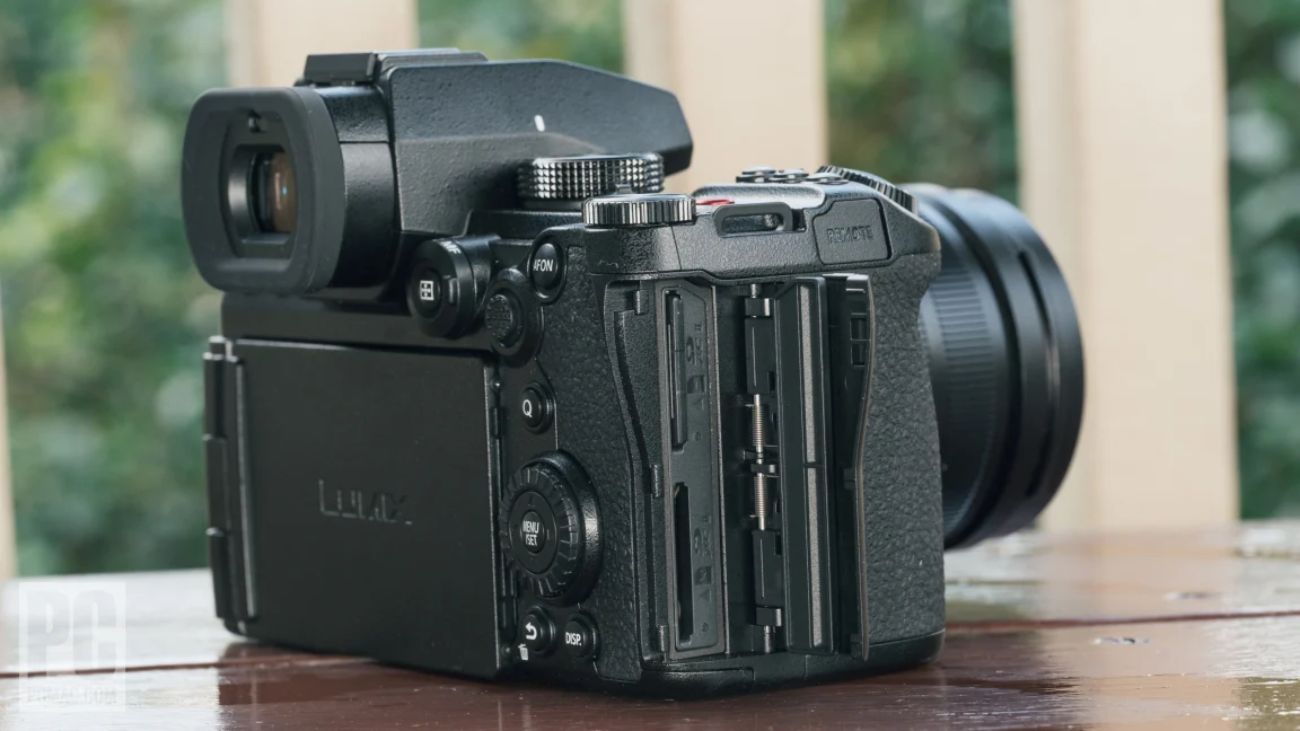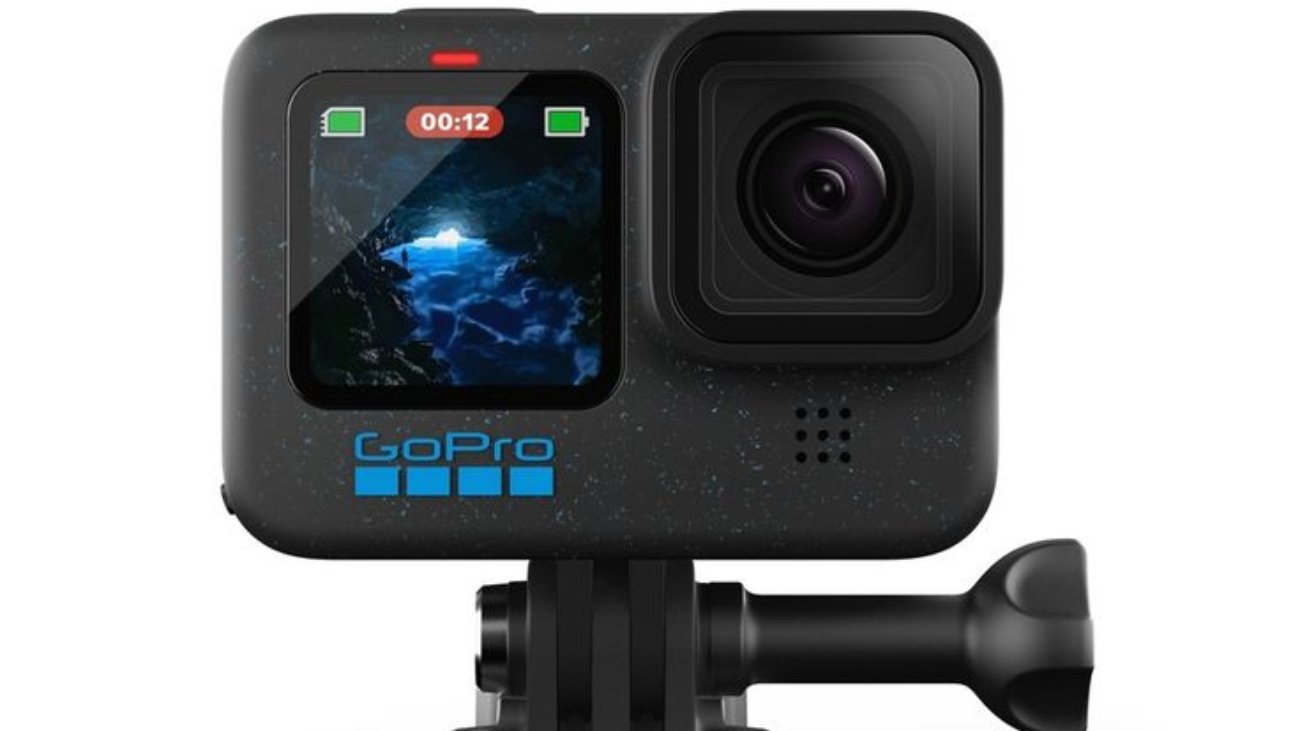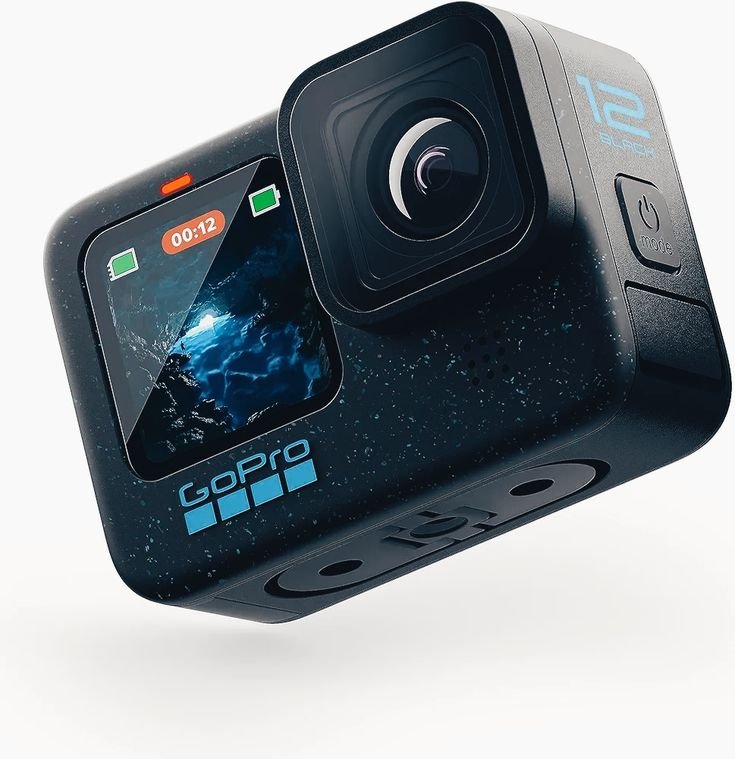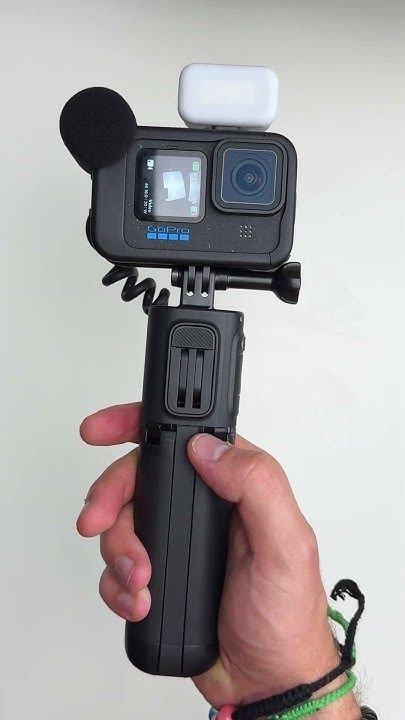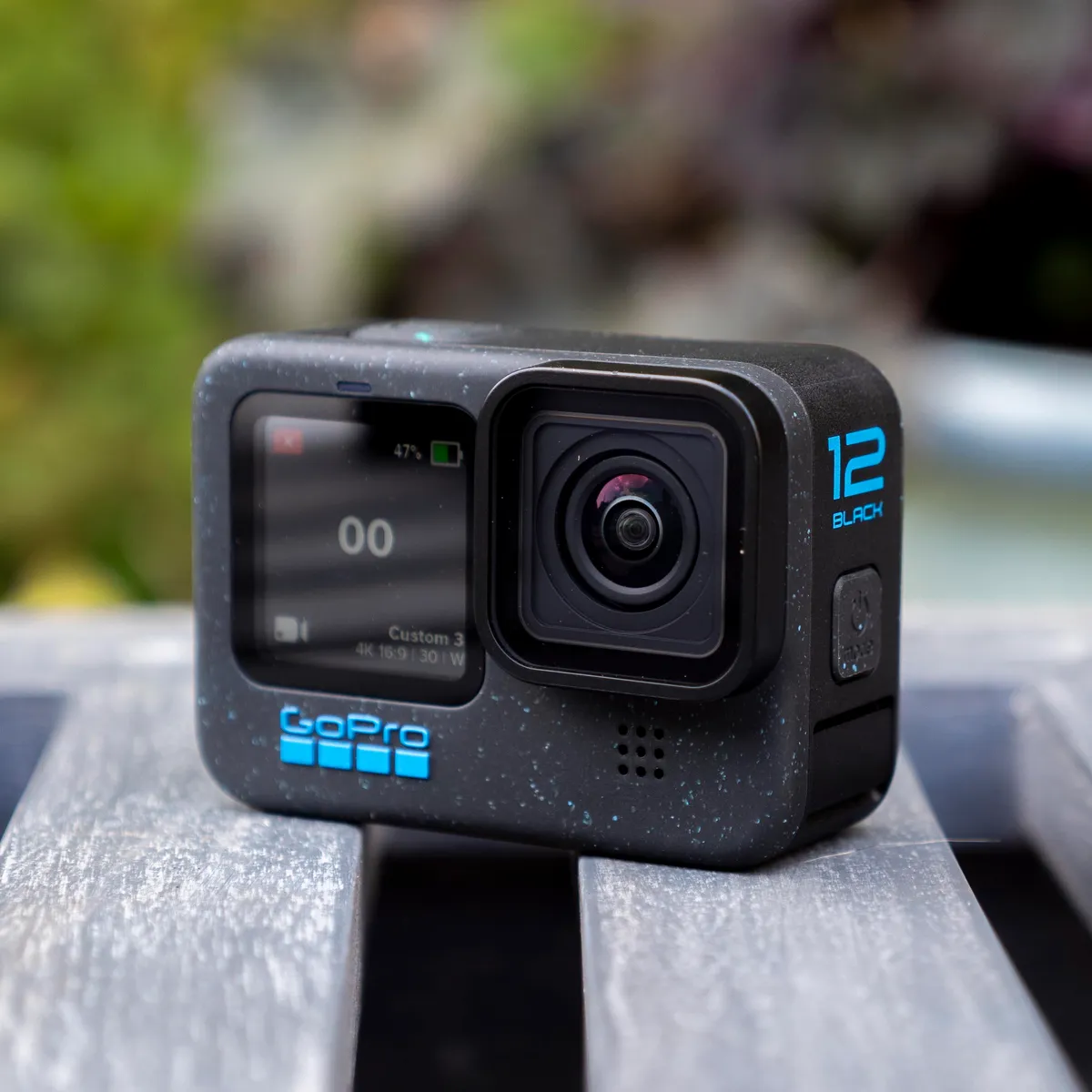Panasonic Lumix DC-G9 II Best Micro Four Thirds Mirrorless
Panasonic Lumix DC-G9 II Best Micro Four Thirds Mirrorless
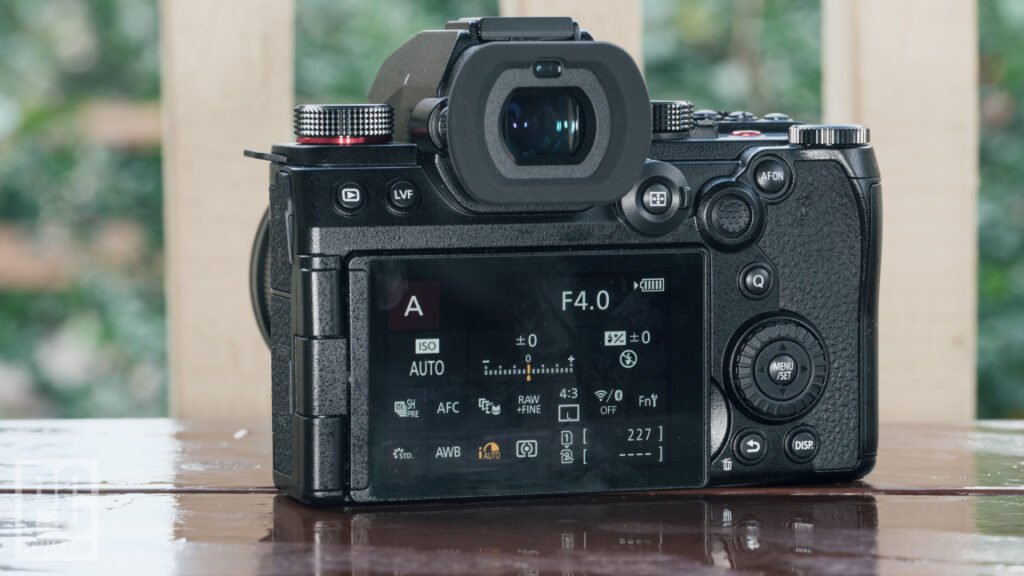
“Why We Selected It
The Lumix G9 II stands out as the premier Micro Four Thirds camera in our evaluations. Boasting a sensor that rivals larger-format counterparts in picture quality, coupled with an extensive lens library, it provides creators with remarkable flexibility.
Equipped with a stabilized sensor, 10-bit 5.7K60 video capture, and a robust all-weather construction, the G9 II emerges as an excellent choice for video production, on-location shoots, and outdoor photography. The upgraded autofocus system, incorporating phase detection pixels for high-speed capture with subject tracking, further enhances its appeal.
Who Will Benefit
The Micro Four Thirds system proves advantageous for photographers seeking a lighter kit overall. Despite being built around a full-frame chassis, the G9 II maintains a lightweight profile at 1.4 pounds and pairs seamlessly with compact lenses from Panasonic, OM System, and other manufacturers. Its suitability for hybrid creators is underscored by its outstanding video toolkit.”
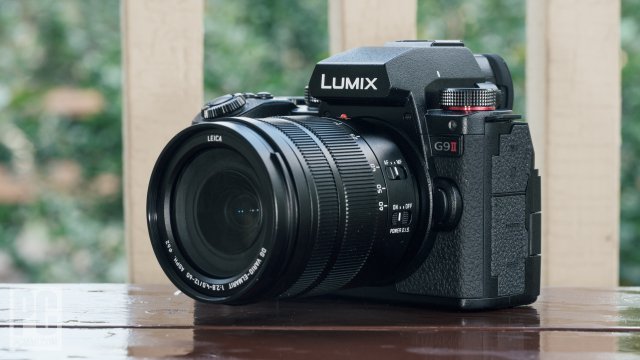
Panasonic Lumix DC-G9
Specification:
Dimensions: 4.0 by 5.3 by
Driver size: 1.4 lp
Weight : Mirrorless
Pros
Crisp 25MP photos with 100MP multi-sampling
Fast phase detect focus system
Large, 120fps electronic viewfinder
Fantastic control scheme
Stabilized 10-bit video
Works with Micro Four Thirds lens library
Cons
Oversized body for Micro Four Thirds
Omits UVC/UAC webcam support
Middling battery life
A Sensor Optimized for Photography
The Panasonic Lumix DC-G9 II Best Micro Four Thirds Mirrorless is the second Micro Four Thirds camera to feature a 5-axis stabilized 25MP CMOS sensor, following the GH6. While the sensor architecture is similar, Panasonic has fine-tuned the G9 II to enhance photographic performance, incorporating on-sensor phase detection pixels for improved autofocus.

Though it utilizes a traditional CMOS design, its electronic shutter readout is fast enough to capture sharp images of fast-moving subjects. During testing, it successfully froze hummingbirds in flight, whereas cameras with rolling shutter issues would have distorted their wings.
Exceptional Video Capabilities in a Stills-Focused Camera
Although the Panasonic Lumix DC-G9 II Best Micro Four Thirds Mirrorless is primarily designed for photography, it continues Panasonic’s strong legacy in video performance. It holds its own against many competitors in its class, thanks to its stabilized sensor and extensive support for various video bit rates and formats.
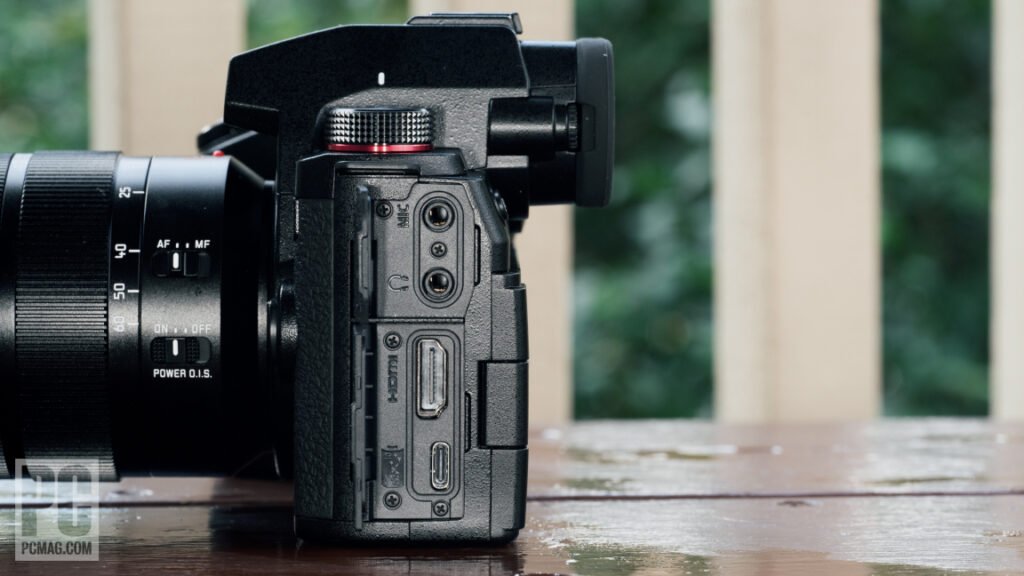
The Panasonic Lumix DC-G9 II Best Micro Four Thirds Mirrorless records 4K60 in both UHD (16:9) and DCI (17:9), with 10-bit 4:2:2 color sampling for enhanced color depth and accuracy. For slow-motion recording, it offers 4K120, while 4K48 is available for seamless integration into a 24fps cinema timeline, making it a versatile choice for hybrid shooters.
Micro Four Thirds in a Full-Frame Design

Rather than basing the Panasonic Lumix DC-G9 II Best Micro Four Thirds Mirrorless on its predecessor, Panasonic has adopted the full-frame S5 II’s body. While the S5 II is compact for a full-frame camera, Micro Four Thirds models are typically designed around a sensor that covers about a quarter of the surface area of a full-frame sensor. This smaller sensor allows for lighter, more compact lenses, making the camera highly portable. Despite its downsized sensor, the G9 II maintains image quality comparable to slightly larger APS-C cameras, ensuring a strong balance between performance and convenience.
Premium Display and Viewfinder

The G9 II features both a swing-out touch LCD and an eye-level viewfinder for enhanced usability. The 3-inch LCD boasts a resolution of 1.8 million dots, providing a sharp, detailed image. It performs well under bright daylight conditions, with an adjustable backlight to combat glare. Off-angle viewing is excellent, ensuring clear visibility from various positions. The touchscreen response is highly responsive, allowing you to tap to set focus or easily navigate through menus with ease.
Phase Detection Autofocus
The G9 II is just the third Lumix camera to feature a phase detection autofocus system, joining the S5 II and S5 IIx in this new development. This shift to phase detection is a significant upgrade for Lumix cameras, which have traditionally relied solely on the contrast-based Depth From Defocus (DFD) system. While DFD has been accurate, it lacks the tracking speed needed for action shots and doesn’t perform as reliably in video compared to some competitors. Many other manufacturers adopted phase detection sensors in their mirrorless cameras years ago, making this update a notable step forward for Panasonic.

 Cart is empty
Cart is empty 